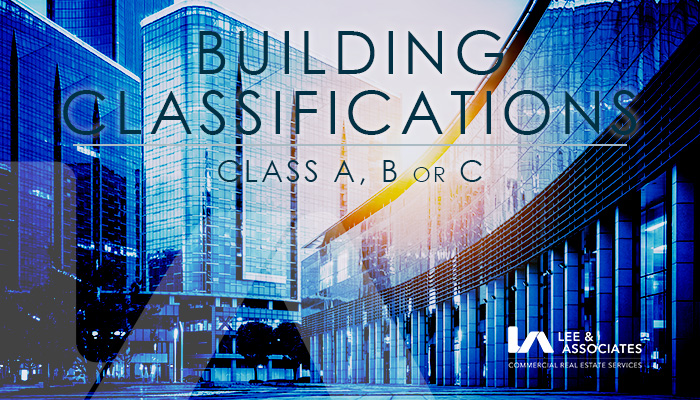Building Classifications
Class A, Class B, and Class C are classifications of commercial buildings. Each building classification is determined according to its level of price, quality, and amenities. However, since the quality of real estate differs from place to place, the classes A, B and C are subjective. As a result, when factors like demographics play in, they are based on what’s specific in the local area. For instance, a class A building in a middle-sized suburban area, might be a class B in a large urban setting. All in all, the following general characteristics of the classes are as follows.
Class A Buildings
Class A buildings consist of the newest buildings in the area with the state of art facilities. In general, they are the best looking buildings and possess a high quality  infrastructure within the town. Besides, they have a very high visual appeal, a quality and spacious car parking ratio, best security and communication systems and best-in-class amenities such as cafes or for industrial buildings high ceilings and state of the art loading docks. Due to this, class A buildings leases and purchase prices are significantly higher than market average.
infrastructure within the town. Besides, they have a very high visual appeal, a quality and spacious car parking ratio, best security and communication systems and best-in-class amenities such as cafes or for industrial buildings high ceilings and state of the art loading docks. Due to this, class A buildings leases and purchase prices are significantly higher than market average.
Class B Buildings

Class B buildings are a notch lower than the class A buildings and tend to be slightly older. Despite them being older, they still host desirable amenities, favorable
locations and have fair to good visual appeal. If well renovated and attended to, they can restore their original splendor and almost look like class A building. Their rent is medium price range for the area.
Class C Buildings
Class C buildings are quite old, almost 20+ years, need substantial renovation, have a small parking space and are located far from the desirable areas. From an architectural point of view, these buildings are the least desirable and the infrastructure and technology is outdated. They are generally occupied by small family-run businesses and newer companies that lack sufficient funding. These buildings are often targeted for redevelopment and have the lowest rental rates.
The above is, however, a general guideline because there are no formal set guidelines. Buildings at all times should be viewed in the context of their locality and neighborhood. To learn more and have all your commercial real estate addressed, feel free to contact us

